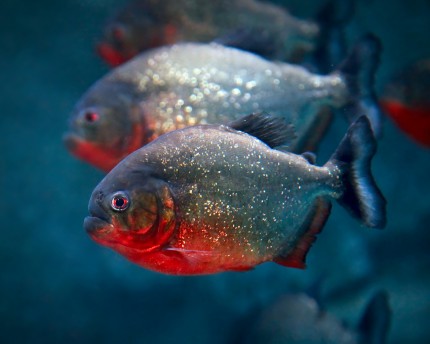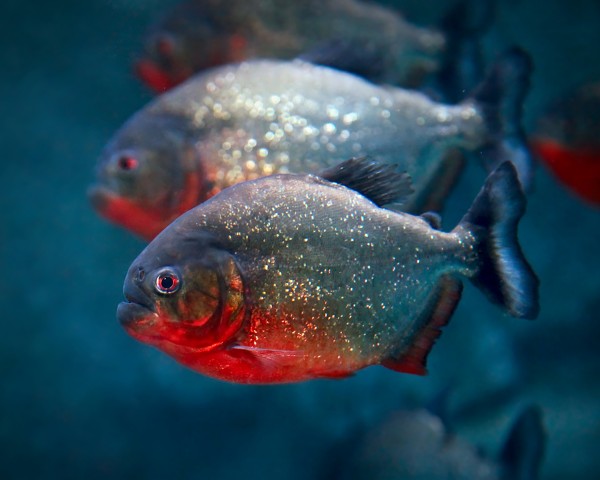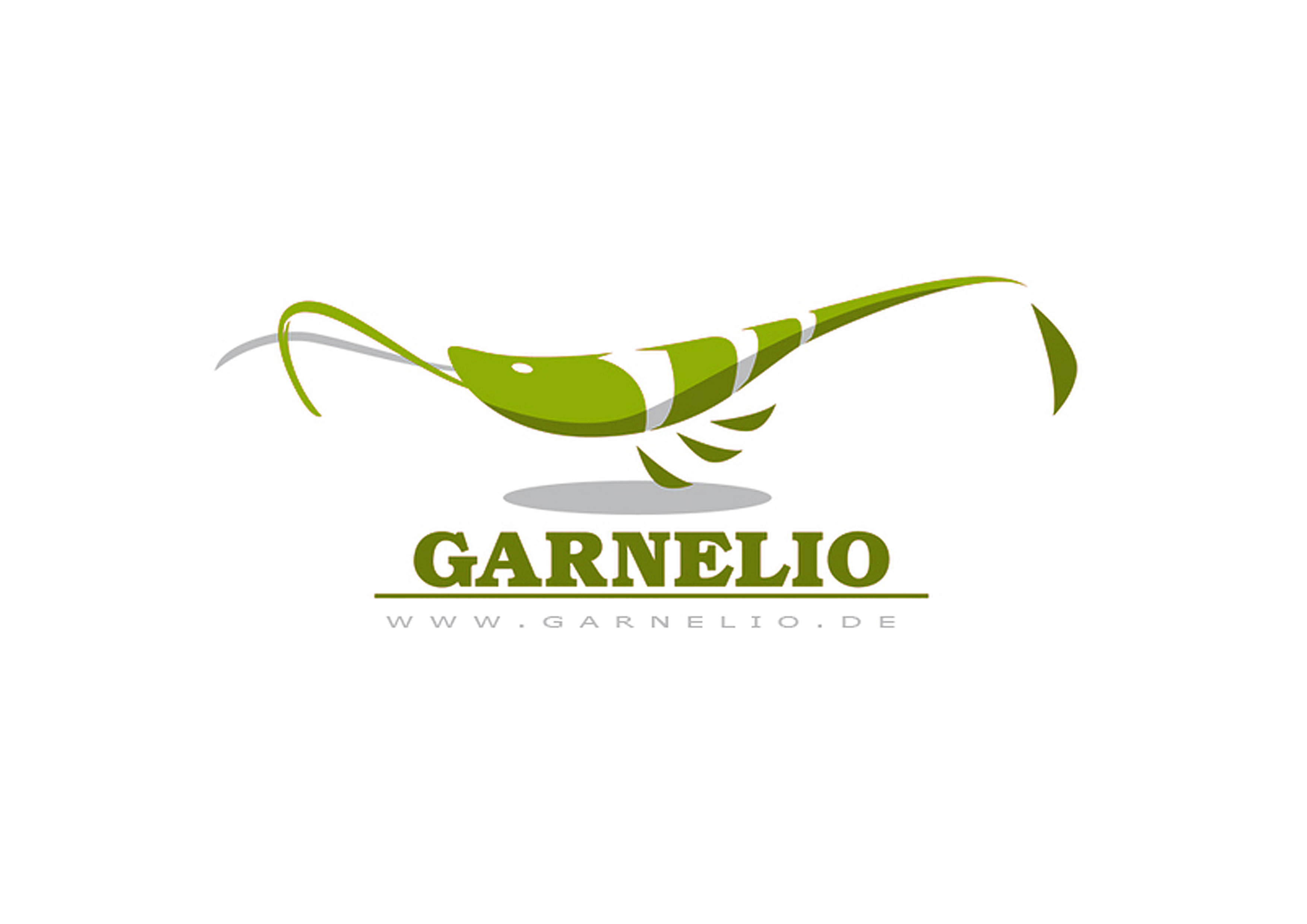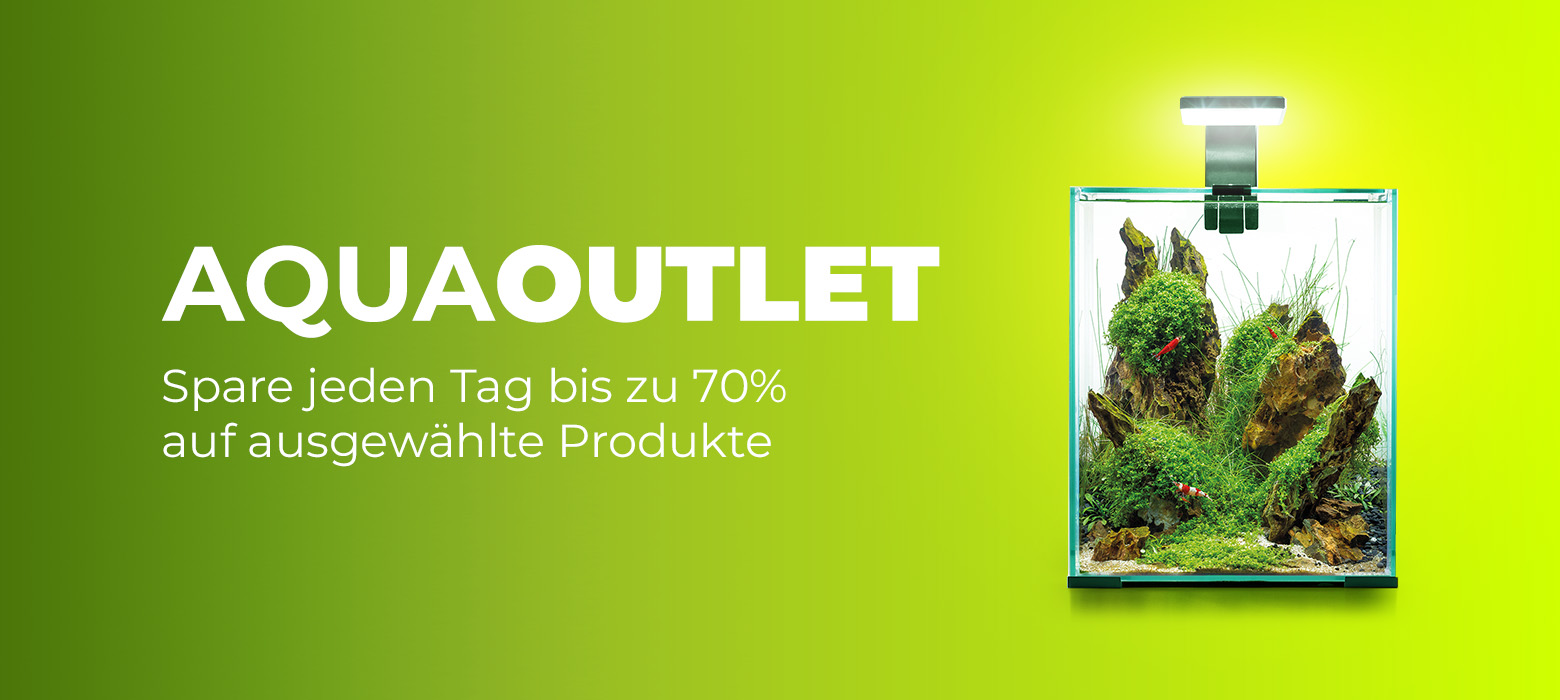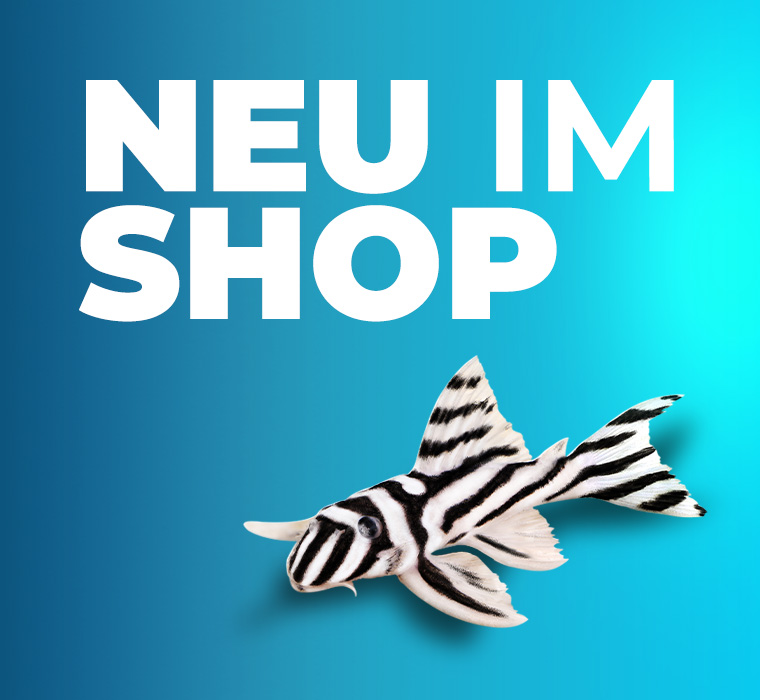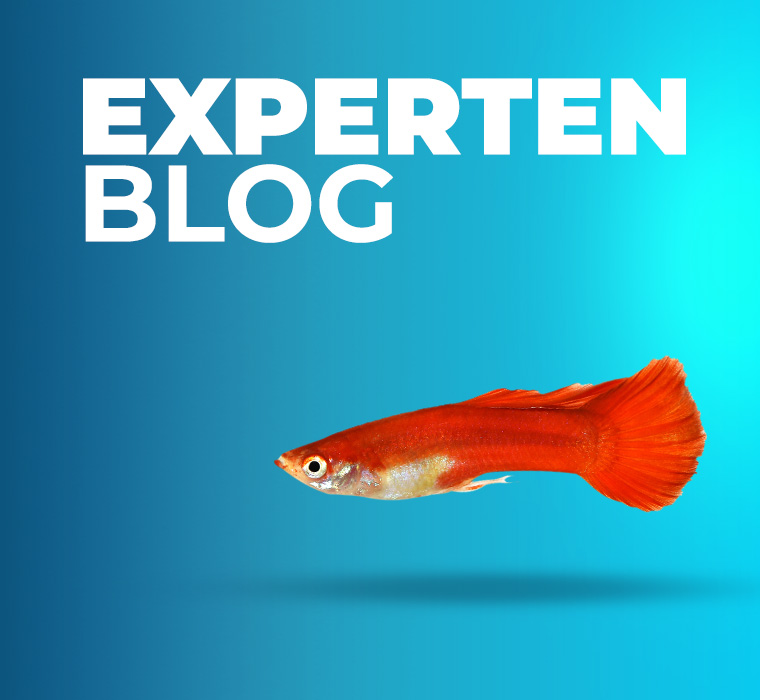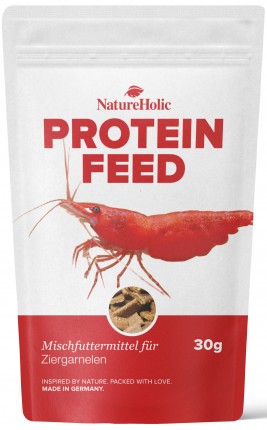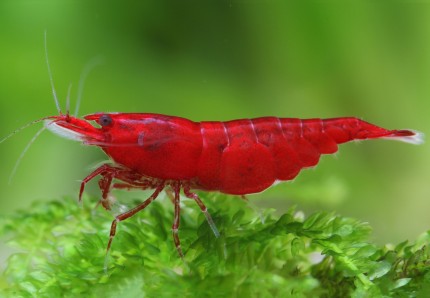incl. VAT plus shipping costs
Currently not available
Delivery only innh. Germany and Austria possible.
Switch to the German store
- Item no: 29708
Fast delivery times
All products are in stock with us!14 years of breeding experience
Let our team of experts advise you!High customer satisfaction
from over 3,000 reviews "| Water values: | soft to medium hard |
| Final size: | > 12cm |
| Pelvic region: | Everywhere |
| Temperature: | 25-30 °C |
| Feature: | Predator |
| with fish?: | No |
| Behavior: | Quiet |
| Aquarium size: | over 1000l |
| Difficulty: | 4 - Special |
| Visual effect: | Swarm behavior |
| Origin: | South America |
| Diet: | omnivorous - omnivorous |
| Planting possible?: | Yes |
| with snails/shells?: | Yes |
| Fish group: | Tetra |
| with large crabs?: | No |
| Breeding: | heavy |
| with dwarf crabs?: | No |
| with shrimps?: | Socialization not possible |
| with crabs?: | No |
Piranha - Serrasalmus nattereri 4-5cm
The Red Piranha or Natterer's Piranha (Pygocentrus nattereri, synonym Serrasalmus nattereri) is famous - this sawfish from South America is probably one of the best known predators. Pygocentrus nattereri is widespread and is found throughout the Amazon and the Orinoco system, in Brazil, Guyana, Venezuela, Colombia, Ecuador, Peru, Bolivia, Paraguay, Argentina and Uruguay. The piranha lives in rivers, lakes and lagoons, including such famous waters as the Amazon, the Rio Negro, the Pantanal, the Orinoco and so on.
Red-bellied piranhas have a red belly and a red anal fin. In adults, the anal fin still has a black fringe. The base color of the red saw tetra is dark gray to bluish silver. Its body is covered with golden spots. Piranhas can grow 25 to 30 cm long and weigh up to 3.8 kg.
In the wild, the red sawfish lives in huge groups of up to 1000 conspecifics, which give it security. These groups actually serve less for hunting and more for protection from predators like caimans. Piranhas should also be kept in the aquarium in a group of at least 7 to 9 animals in a 200 cm aquarium with a volume of 700 liters or more. In aquariums that are too small, piranhas will attack each other and can seriously injure each other. Per piranha calculate 100 liters of aquarium volume.
No fast movements should be made in front of the aquarium, also light reflections can frighten and stress the red piranhas. A rather dark, quiet room is therefore good for the rather skittish fish. Watch out when you reach into the water - piranhas are considered fearful biters and can attack with their razor sharp teeth if they feel threatened.
Small piranhas are still relatively lively, but adult piranhas like to stand among tall stem plants or giant vallisnerias all day long. They like it rather shady in the aquarium. When setting up the aquarium, no sharp-edged objects should be used, because the risk of injury for the slippery red piranhas would otherwise be too great. Injuries to piranhas heal quite quickly and well, but there is no need to take the risk.
Young piranhas grow very fast, from the age of two years the growth slows down. The long-lived red piranhas can live 20 to 30 years. The shoal must be placed together in the aquarium. Restocking is very difficult because the group can attack other members of the same species.
Breeding the Red-bellied Piranha in the aquarium is difficult, but possible. The sexes of the Red Piranha are difficult to distinguish. Males are slightly more colorful than females, while spawning females appear more rounded. In a group, males and females actually find each other by themselves. Piranhas belong to the free spawners. The best way to breed piranhas is to use a breeding tank. Usually young piranhas do not grow up in a holding aquarium, the adults are too predatory. The young red-bellied sawfish should not be added to the existing group even when they are larger.
Natterer's Piranhas need slightly acidic soft water in their aquarium and are grateful for humic substances. The Red Sawtooth Tetra depends on good water hygiene. The total hardness should be between 4 and 20 °dGH, the pH between 5.5 and 7, the temperature between 24 and 28 °C. The water for your aquarium with Red Sawtooth Tetras should be enriched with alder cones, sea almond leaves or liquid humic substances for a better compatibility, so that the aquarium water becomes biotope appropriate.
Red Piranhas should always be kept in a species tank. Smaller by-fish have a very hard time with the predatory tetras, as do shrimp.
Piranhas are predatory fish, but according to recent findings are still considered omnivores. For young piranhas, NatureHolic's Cichlid Granules are suitable as a temporary substitute for live or frozen food. Larger red piranha need large foods - whole frozen shrimp, pieces of fish fillet, clam meat, squid rings and similar large foods. Make sure all food is eaten so that water quality does not deteriorate. In some cases, red-bellied piranhas may also nibble on soft plant tissue.
Our food recommendation: The NatureHolic Cichfeed has a grain size of 1.5 mm and is therefore also suitable for larger fish. The NH Cichfeed is a soft granulate for mainly carnivorous ornamental fish. It has the same consistency as small crustaceans and insect larvae that the fish eat naturally, and the soft granules protect the fish mouth from micro injuries that can be caused by hard feed granules.
Our plant recommendation: For planting, use NatureHolic InVitros. These are free of snails, planaria and other unwanted co-inhabitants. Also free of algae spores, bacteria and fungi.
Expert Tip: We recommend when keeping fish the NatureHolic 3 Phase Liquid. The care set offers the best all-round protection for your animals. It ensures optimal conditions for successful breeding and keeping.
| Scientific name: | Pygocentrus nattereri, synonym: Serrasalmus nattereri |
| German name: | Red piranha, red saw-winged tetra, Natterer's piranha, Natterer's saw-winged tetra, piranha caju, piranha vermelha, red-bellied piranha, red-bellied saw-winged tetra |
| Difficulty level: | for professionals |
| Origin/distribution: | South America |
| Coloration: | Belly and anal fin red, anal fin in adults with black fringe. Ground color dark gray to bluish silver, body covered with golden spots. |
| Age expectancy: | approx. 20 to 30 years |
| Water parameters: | GH 3°-15° dGH, KH 0-8° dKH, pH 6,0-7,5, temperature 22°-28° C |
| Tank size: | 700 l or more (100 liters per fish) |
| Food: | Highly predatory omnivore; live and frozen foods of appropriate size, also cichlid granules for juveniles |
| Breeding: | complex and difficult, but possible |
| Behavior: | calm, aggressive towards conspecifics |
| Group size: | Groups of at least 7-9 animals |
| Further information: | <a href="https://www.garnelio.de/ https://www.garnelio.de/blog/aquarianer-tipps/tipps-zur-eingewoehnung-von-fischen-ins-aquarium "_blank">Tips for acclimating fish to an aquarium</a></td></tr> </tbody></table>
Customer questions and answers Discover now Entdecke die Garnelio Welt! Garnelio gehört zu den größten Onlineshops für wirbellose Aquarientiere weltweit. Last viewed Shopware Agentur six-media.de |

